By Chryshane Mendis
The rise and fall of the Seethawaka Kingdom in the 16th century is one of those remarkable episodes of history where a kingdom with a short lifespan could have an effect for generations to come such as that of the short lived empire of Alexander the Great; such was the feat of the warlike Seethawaka Kingdom. Seethawaka as a Kingdom came into existence in 1521 after the Vijayaba Kollaya where the kingdom of Kotte was divided amoung the three brothers, with Kotte to Buvenekabahu, Raigama to Raigam Bandara and Seethawaka to Mayadunne (the city of Seethawaka being the modern day Avissawella).
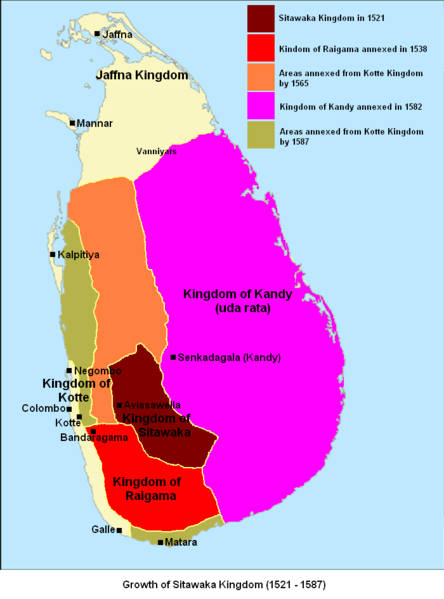
Seethawaka emerged as a warlike kingdom under its two rulers, Mayadunne and Rajasinhe I and led the national struggle in ousting the Portuguese who had by then made a foothold in the island through the King of Kotte. The war effort of Rajasinghe and Mayadunne had forced the Portuguese to abandon Kotte in 1565 and moved to Colombo thus Seethawaka became the largest kingdom in the South West. With the annexation of Kanda Uda Rata in 1582 and the confining of the Portuguese to the fort of Colombo, the war machine of Rajasinghe brought the entire country except the northern Jaffna kingdom under the domain of Seethawaka. With the death of King Rajasinghe I in 1593 the once mighty kingdom fell due to internal strife and enabled the Portuguese to march onto Seethawaka who sacked the city. No invading army ever marched onto the city from the 1540s till its fall and thus would have grown into a splendid city with many buildings and a grand Palace as stated by many sources.
Sadly no trace is found of this city today with Seethawaka being confined to just a name. The old city is believed to be in the area of the present Avissawella town. Although the area is strewn with legends of its once mighty past, only two prominent archaeological sites exist; one is that of the beautiful Barendi Kovil and the second is the site of the Royal Palace with the ruins of a Dutch fort.
This archaeological site located on the Southern bank of the Seethawaka Ganga and could be reached by travelling on the Maaniyangama road with the turn off to it near the Avissawella Courts from the Avissawella-Hatton road. Travelling about half a kilometre one could find on the right the sign board by the Department of Archaeology along with the Regional Archaeological Office.
The Royal Palace of Seethawaka was said to have been destroyed by the Portuguese who built their own fortress in the vicinity. Later the Dutch built their fort in 1675 on a hillock said to be the site of the Palace; but this fort was abandoned after ten years. In 2013 it was reported that a section of the Palace was found when conducting excavations here. To find out more about this the writer visited the ruins and the Regional Office in February 2017. Below is a summary of the excavations conducted at the site by the Department of Archaeology.
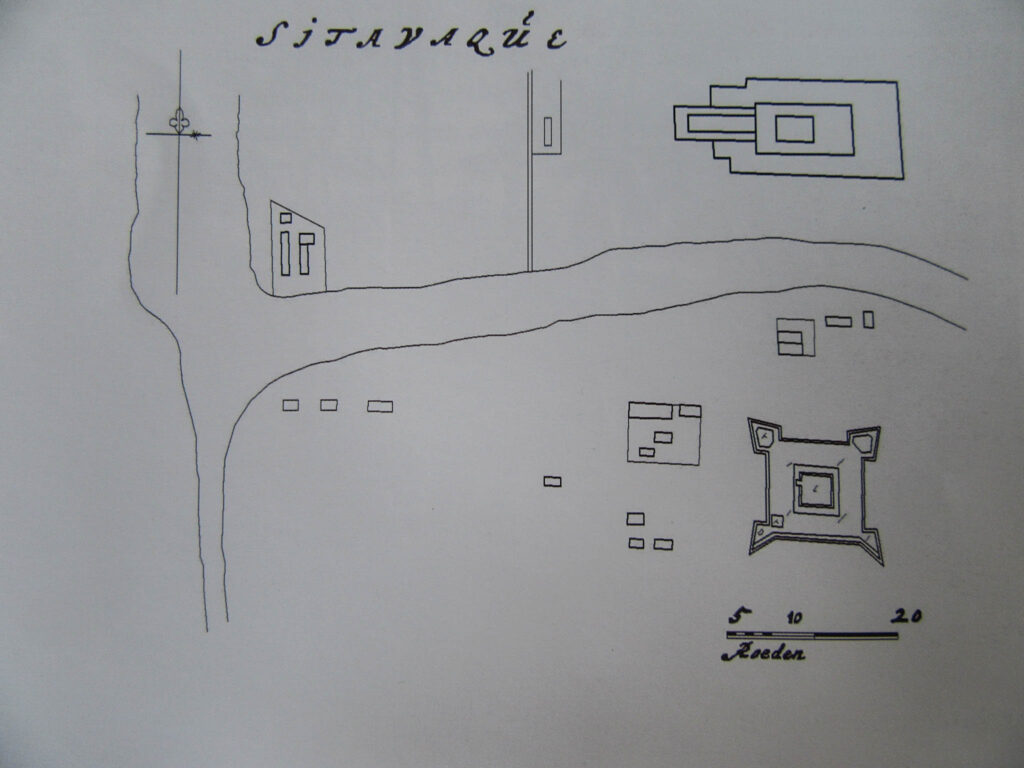
Summary of the excavations of 2012-2013
Speaking to Ms. Janaki Biyanwila the Regional Officer Excavations, she explained that no archaeological excavations were conducted here prior to 2012 and stated that their main two objectives in excavating this site were to first scientifically investigate as to whether this is the real location of the Palace and secondly to excavate and conserve the visible ruins of the Dutch Fort. The site is located on a hillock just east of the Regional Archaeological Office of Sabaragamuwa with the visible ruins of a Dutch fort with the rampart being around 100 feet long and 8 feet high on each side with four large bastions and in the center a square ruined structure. All of this is constructed by large kabook stone and neatly cut stones. The existence of these ruins are also mentioned in The Interior of Ceylon And Its Inhabitants (1821) by Dr. John Davy where its stated that he visited them in August 1819.
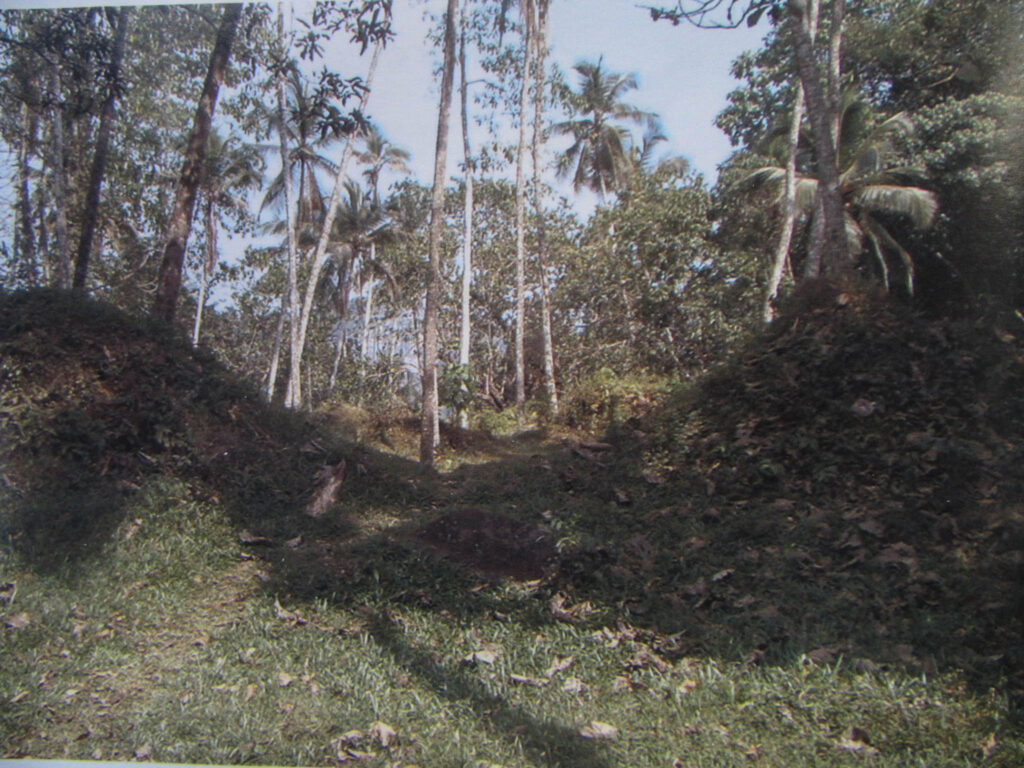
The excavations commenced with funding from the Department of Archaeology in 2012 under the guidance of Dr. Nimal Perera the then Director of Excavations and Supervised by M. A. S. T. K. Madurapperuma Assistant Director Sabaragamuwa. The technique used for the excavation was the Grid-box method with 3m x 3m squares (which involves dividing a section on a grid and digging squares leaving a space between each square called a Baulk showing the terrain elevation before excavations). The site was divided into four sections, and the North and East sections were excavated in 2012 with 12 3×3 squares in the North section and 23 squares in the East section. In 2013 a total of 106 squares were dug. During the first year, evidence of the Dutch fort was uncovered with evidence of two gun placements on each bastion. In 2013 they uncovered evidence of the existence of a grandeur building predating the Fort.
Out of the many artifacts uncovered from the site were large iron nails used for roofing, large potter
y with decorations, Dutch coins etc. The most definite evidence of the existence of the Palace was the discovery of large clear cut stones in the center structure along with kabook stones. As it is reported that the Palace was destroyed, therefore no evidence could be found of the original structure of the Palace but it is evident that the foundation stones of the Palace were used in later construction. Through the excavations, it was revealed that the ruins belonged to two periods with the remains of the Dutch fort being the newer construction and foundations of an older structure in the center predating the Dutch fort was clearly identified. Further compelling evidence of the Palace was the discovery of a layer of burnt earth along with roof tiles broken into small fragments throwing weight onto the fact that the Palace was attacked and burnt to the ground.
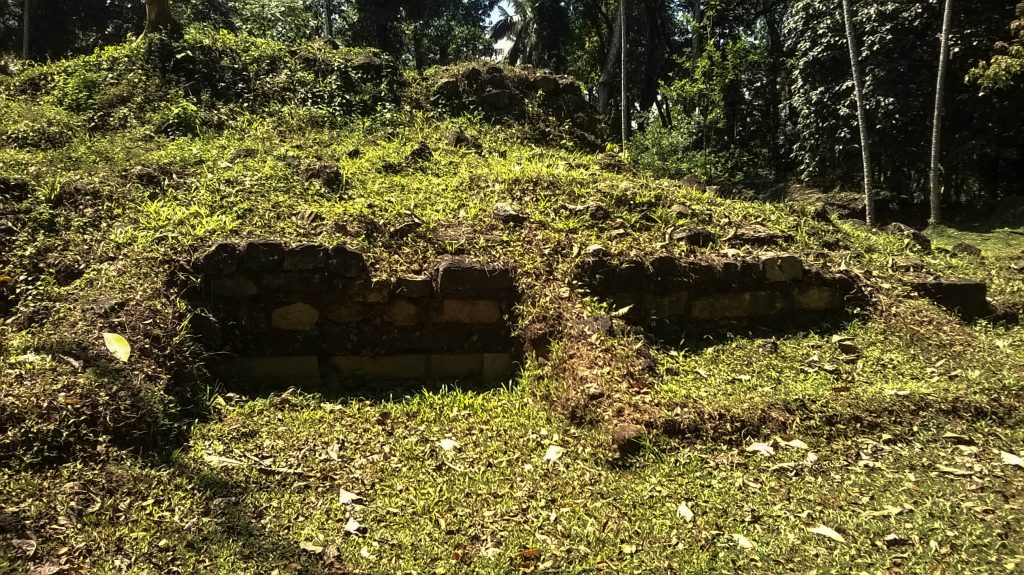
Ms. Biyanwila further explained that originally the Palace complex would have spread across 4-5 acres, but the present site is only within half an acre, she stated that proposals are underway for the conservation of these ruins which would be funded by the Central Cultural Fund.
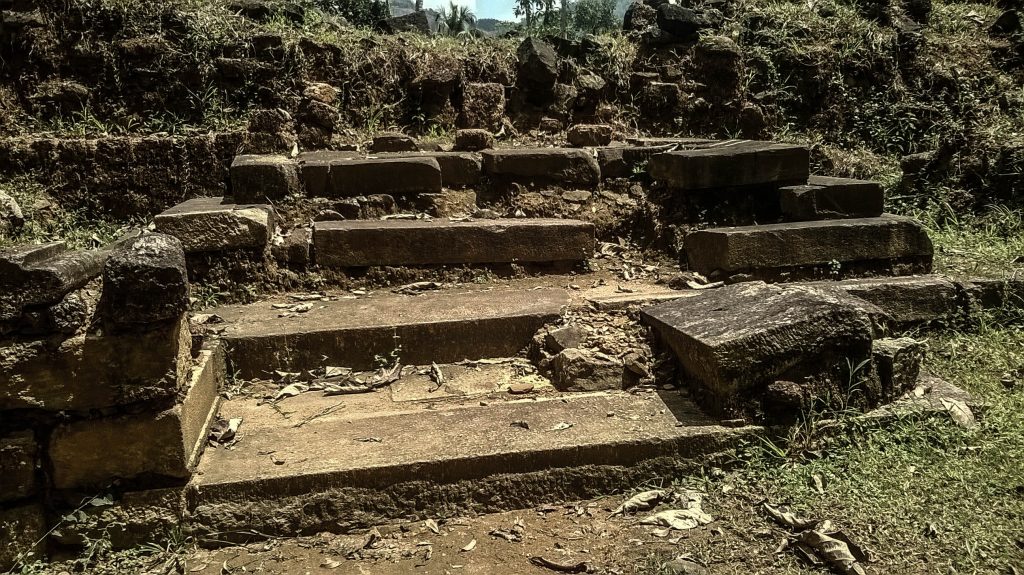
We may never know how exactly the Palace was, but it is still a thrilling find to the history lover to glimpse upon the materials that would have once made up the adobe of the mighty Lion King of Seethawaka whose power confined a powerful European nation to just a Fort. Walking through the ruins of the Fort one enters from an opening in the ramparts on the western side and is immediately met with a flight of stairs leading up to the center structure. The ramparts and the bastions too could be clearly identified and would have given a commanding position as this fort is situated on a natural hill. Remarkable as the fort is, one could not help imagining as to how the Royal Palace would have been with its many interconnected halls and apartments spread throughout the entire area which is now home to Rubber and Coconut plantations. It is captivating to think that the hill, offering an elevated view of the surroundings, could have been the location of an important section of the Palace, possibly even the very room of Rajasinghe.
References:
- Chandrasekara D. P., Architectural Heritage Of Sri Lanka: Fortifications Along The Kelani River,
- Punchihewa G. S. G., A Lost Medieval Kingdom of ÔÇ£The Lion KingÔÇØ,
- Gunawardena Philip, The Heritage of Seethawaka,
- Excavation division Sabaragamuwa Department of Archaeology, Seethawaka Maliga Boomiya Kaneema 2012-2013.



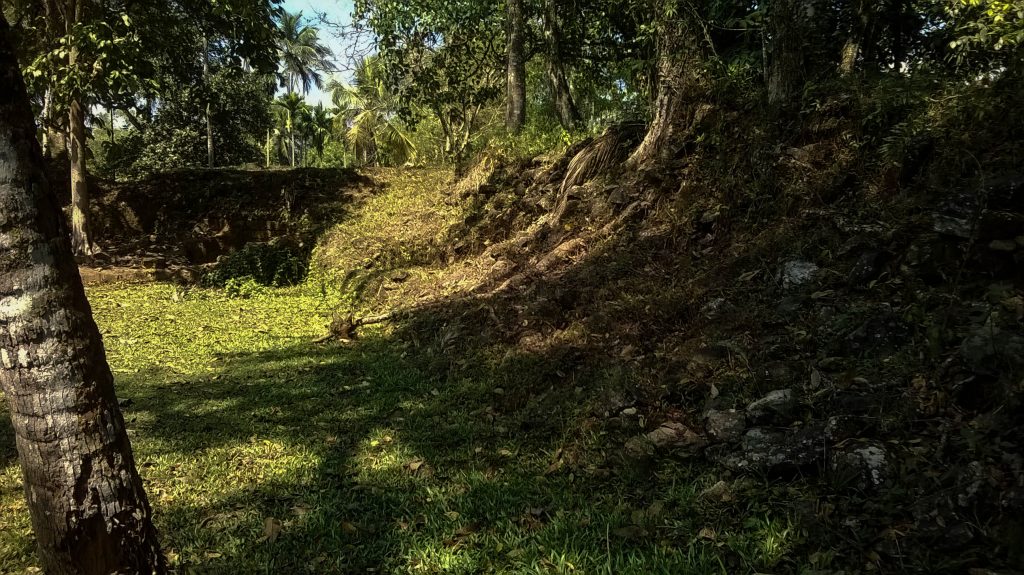
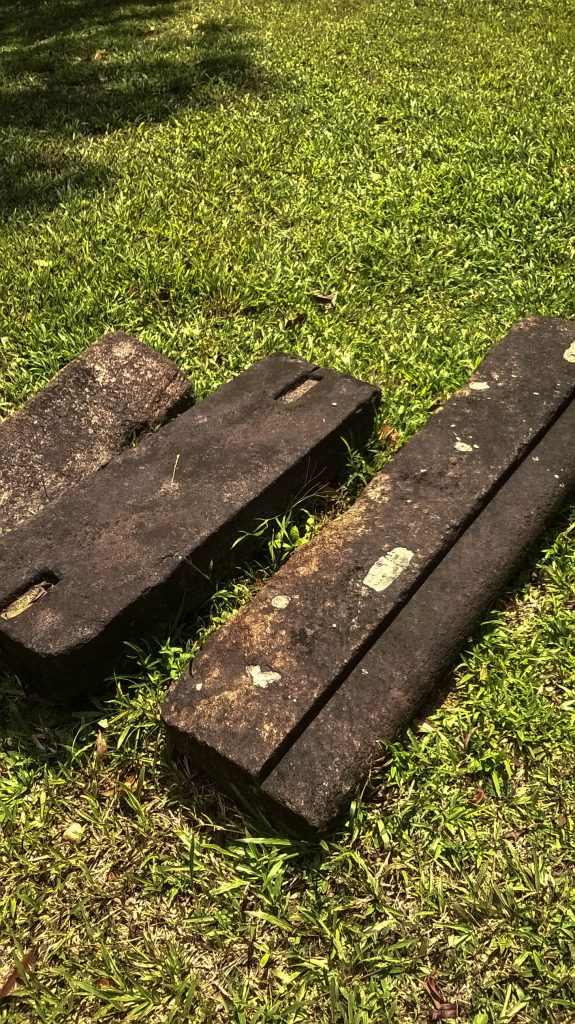
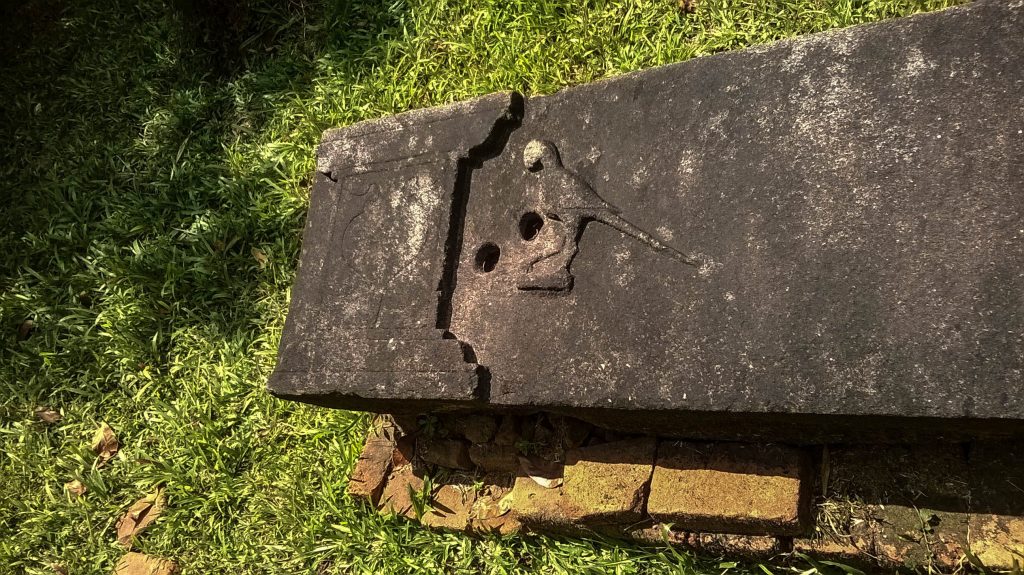
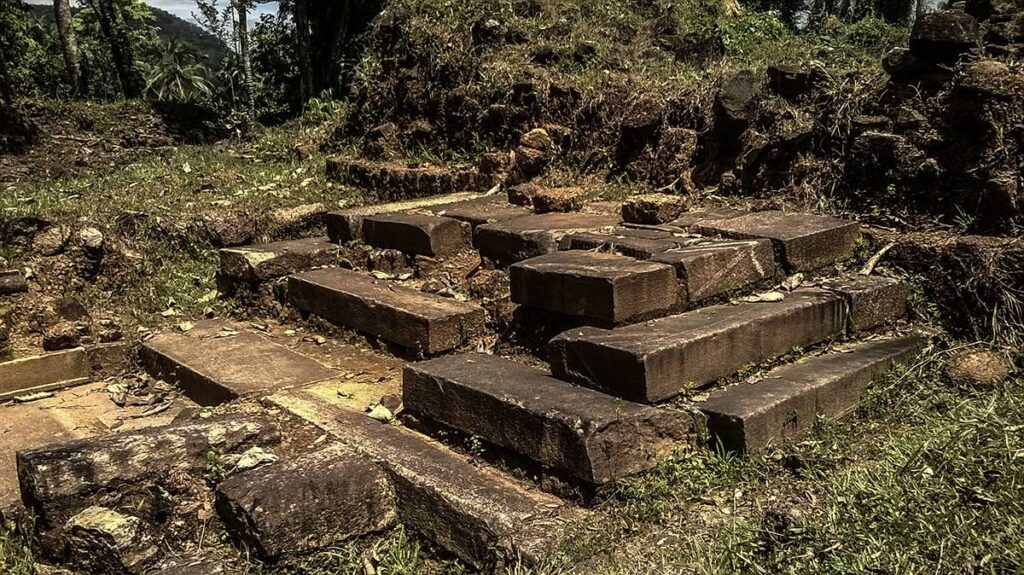
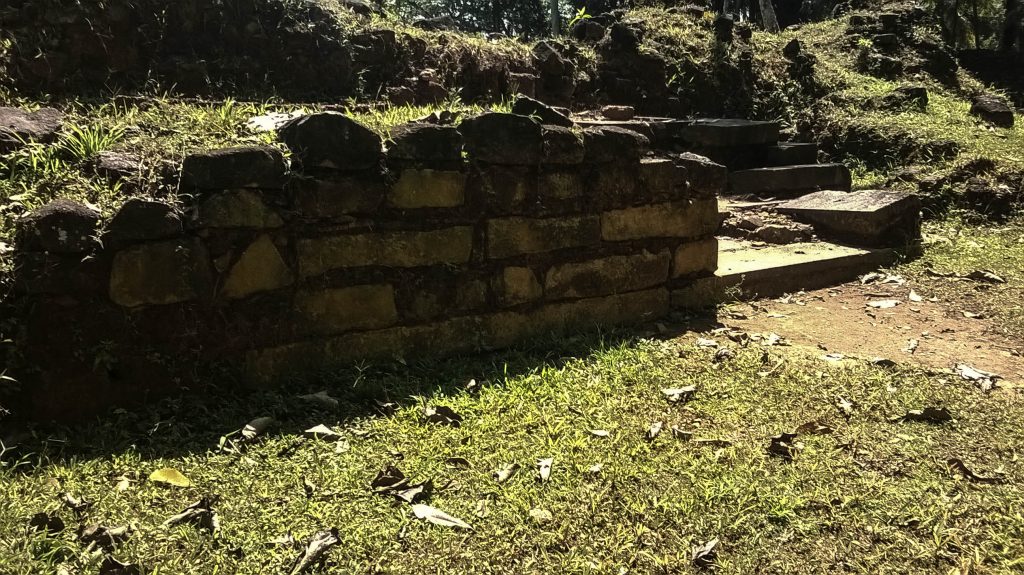
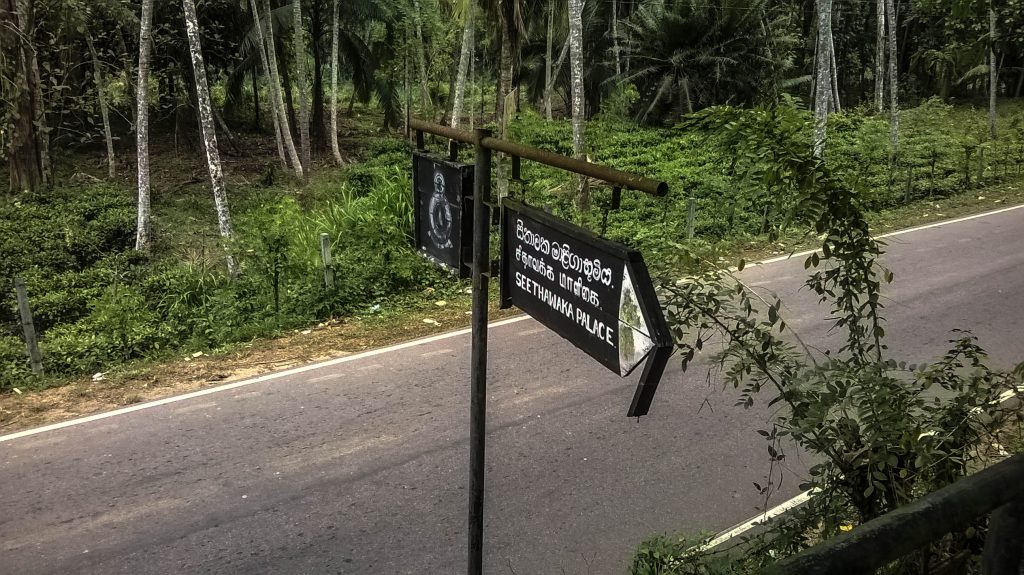
Hi Chrychane.
This fascinating reading.Do you have any more intetesting artcles?If you do have some let me know how I can access them.
Regards
Nishan
Hi Mr. Nishan,
I’m glad that you enjoyed the read. Yes there are more on the way and I would be publishing them on our website.
Cheers,
Chryshane Mendis
I must congratulate the author for writing one of the few examples of quality Archaeological Journalism that I have seen written in modern Sri Lanka since the late 1950s, at least, if not earlier. Am a little familiar with popular communications of our historic/ancient past since the reports for public consumption written by British colonial officers-cum-amateur archaeologists in the late 1840s onward – often first published in the Journal of the Ceylon Branch of the Royal Asiatic Society (JCBRAS). Later many Sri Lankan intellectuals took over with their own adaptations, for popular/intelligentsia consumption, of scholarly excavation or exploration or conservation reports. Senior journalists and writers (mostly in English, though, sadly) have made useful contributions since the early twentieth century. But in recent decades I have rarely (if at all) seen such careful popular reportage as your piece. I make this comment as both a journalist as well as an archeology enthusiast (never had the time for amateur archeology) and, also, an observer of history discourse here. Much, much more such reportage needs to be done – and, ideally, even more thorough/finessed than this piece. As an experienced professional, I can say that that can be achieved through astute (and profitable, of course) negotiations with the news media industry (especially the web, where this audience/market is). Your basic structure and method of investigation/structuring meets basic standard – of the standard I compared you with at the start of this comment. I (enviously) wish all success in your future work in this culturally essential and aesthetically important field. Even the current article, if you have not already done so, you could negotiate for publication for different audiences and re-work your piece to meet that outlet’s requirements. I hope this work is done in Sinhala and Tamil – if not by you, by other writers. The industry demand will be there. But reporting standards (as good as yours) should be maintained. One minor issue I have with this current article is your casual comparison between the Seethaavaka kingdom’s achievements and that of the Greek Emperor Alexander. I think Alexander has the advantage of sheer scale and diversity of conquest in any appreciation of his achievement of a minor entity impacting on a larger set of entities. The two examples cannot be compared not so much in terms of scale but in terms of the socio-cultural dynamic. Alexander swept through significantly culturally diverse regions as far as central Asia. Seethavaka, after all, had only to fight or negotiate with those small clans holding the several kingdoms/chiefdoms populated by the same ethnic group or mix. Significantly Rajasingha could not defeat the largest of the non-Sinhala dominant regions, Jaffna. Whereas, Alexander did. Please, let’s give readers a correct sense of proportion.
Hi Mr. Gunasekara,
It is an honor Sir to receive such a compliment. Thank you very much for that. I shall continue to improve on these and write good articles in the future. Thank you very much for pointing out the inappropriate comparison between Alexander and Seethawaka. I shall be more mindful on such issues in the future.
Thank you very much once again.
Cheers,
Chryshane Mendis
Refer ‘Seethawaka Urumaya’ authored by Prishanta Gunawardana and Gamini Adikari for detail information on the history and cultural heritage of Seethawaka
Hi Chryshane,
I intend doing a series of articles for a newspaper on the Seethawaka Kingdom and the legends connected with it. Your write up is a fantastic source of information.
May I use some of the information given by you, in this series?
Thanks,
Ronald de Jacolyn Seneviratne
Hi Mr. Seneviratne,
That’s great and yes please do.
Hi Chryshane: Can we PLEASE communicate directly? My e-mail is and my mobile phone is 0094777305764. I am on Wots App. If phoning, it is better to message me first because I may not take a call from an unidentified number. You see, being a veteran journalist, I am cautious about unknown communications. best, Lakshman.